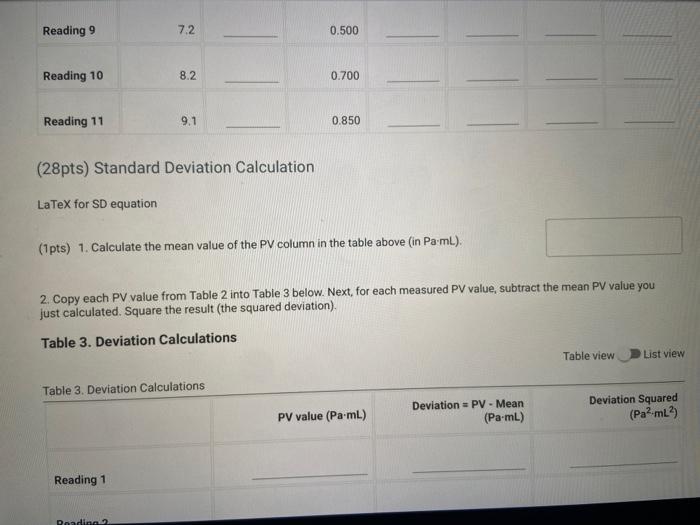Answered step by step
Verified Expert Solution
Question
1 Approved Answer
Table 1. Volume measurements Mass added Syringe volume Reading 1 0.0 5.0 Reading 2 0.250 4.5 Reading 3 0.500 4.3 Reading 4 0.700 4.0 Reading





Step by Step Solution
There are 3 Steps involved in it
Step: 1

Get Instant Access to Expert-Tailored Solutions
See step-by-step solutions with expert insights and AI powered tools for academic success
Step: 2

Step: 3

Ace Your Homework with AI
Get the answers you need in no time with our AI-driven, step-by-step assistance
Get Started


